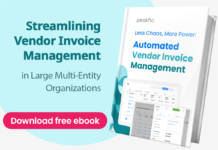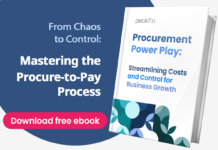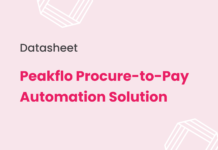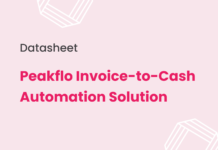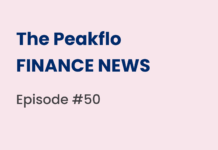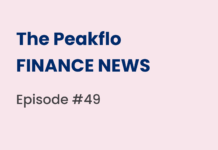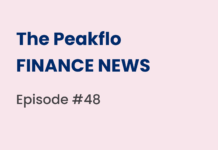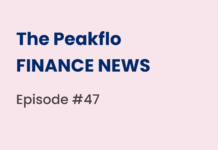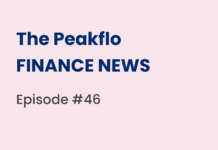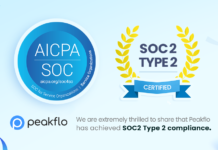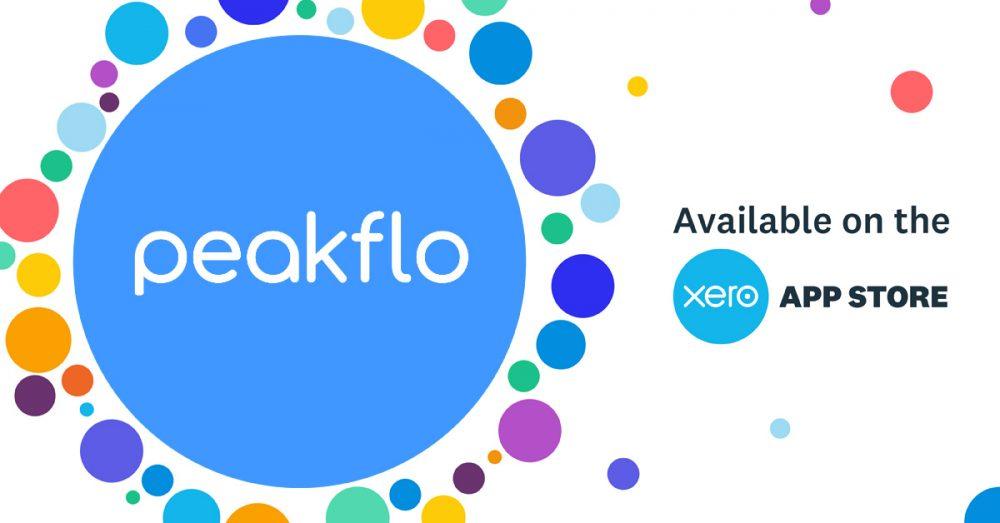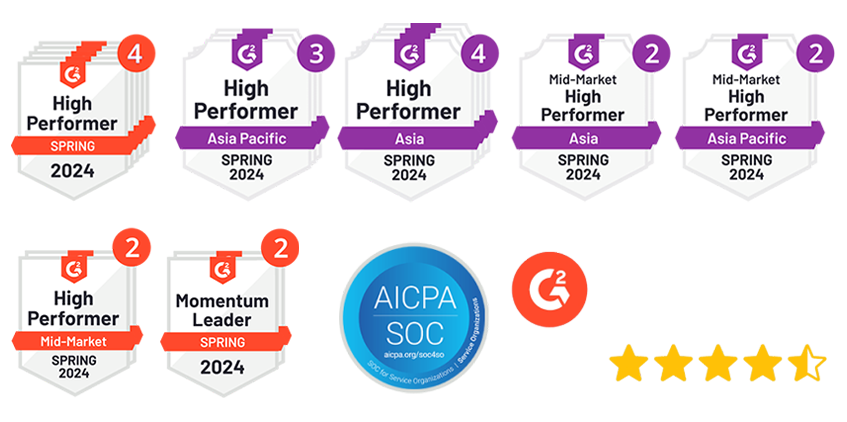Purchase orders and invoices play a vital part in day-to-day business transactions. Different finance professionals may have different opinions on the difference between purchase orders and invoices.
In this blog, dive into two important finance terms: purchase order vs. invoice. We will understand their differences, similarities, and importance in business transactions and learn how digitization can optimize the process.
What is a Purchase Order (PO)?
A Purchase Order (PO) is a legally binding document issued by a buyer to a supplier or vendor, indicating the intent to purchase goods or services. It serves as a contractual agreement outlining the terms, conditions, and details of the transaction. A PO is a critical part of the procurement process, providing clarity and documentation for both parties involved in the transaction.
Key Components of a Purchase Order
- PO Number
- Issue Date
- Delivery Date
- Business Details
- Payment Terms
- Product Details
- Product Quantity
- Price per Unit
- Total Amount
When is a Purchase Order Used?
Companies use Purchase Orders in various scenarios, primarily when procuring goods or services from external vendors. It is a foundational document in supply chain management, facilitating the smooth flow of products and services from suppliers to buyers. POs are crucial when dealing with large transactions, establishing a formal agreement that protects both parties’ interests. Purchase Orders enable a company to maintain accurate records and establish a structured and accountable procurement process that enhances efficiency and transparency in their operations.
Check out our blog to learn more about Purchase Orders and How To Create One!
What is an Invoice?
An invoice is a document issued by a seller to a buyer, serving as a formal request for payment for goods or services provided. It acts as a crucial financial record in the order-to-cash process, documenting the transaction between the two parties. In other words, an invoice represents the seller’s claim for payment from the buyer.
Key Components of an Invoice
- Invoice Number & PO Number
- Date of the Order
- Shipment/ Purchase Date
- Shipping Address
- Payment Terms
- Due Date
- Vendor Contact Information
- How and Where to Pay
- Line Items
- Product Details
- Credits/Discounts Availed
- Total Amount Due
When is an Invoice Used?
Companies use invoices as a formal means of documenting and communicating the terms of a sale. It outlines the obligation of the buyer to remit payment within the specified timeframe. Companies also use invoices to track sales and maintain accurate financial records for auditing and reporting purposes.
Read: How to Design Professional Invoices That Gets You Paid Fast
Key differences between purchase order & invoice
The financial terms, purchase orders and invoices often seem like synonyms, but their time of occurrence is different. In general, a purchase order is a document provided by buyers to sellers to confirm order details and monitor the purchasing process. On the other hand, an invoice serves as a formal payment request sent by sellers to buyers once the order is delivered.
| Purchase Order | Invoice |
| Sent by the buyer to the seller for order confirmation | Sent by the seller to the buyer for payment request |
| Generated when the buyer places an order | Generated after the buyer receives the order |
| Clarifies the terms of purchase | Clarifies the confirmation of a sale |
| Helps to track inventory | Helps to track spending and taxes |
| Avoids understocking or overstocking for inventory | Avoids duplicate and overpayments |
Key Similarities Between Purchase Orders & Invoices
Due to their similarity in some areas, purchase orders and invoices sometimes generate confusion. Here are the five key similarities to consider:
- Both documents are integral to the procurement cycle, with the purchase order initiating and the invoice finalizing transactions.
- Both indicate communication about purchases and provide visibility over the process.
- Both contain information about the buyer, the seller, and the product.
- Both help in tracking and optimizing the budget
- Both documents are legally binding contracts.
What is PO invoice and non-PO invoice?
A PO invoice, or Purchase Order Invoice, is an invoice that corresponds to a specific purchase order. In this case, a buyer issues a purchase order to a seller outlining the details of the products or services to be purchased. Once the seller fulfills the order, they issue a PO invoice to the buyer, referencing the original purchase order. In most situations, businesses perform a three-way matching to ensure that the PO invoice details match the purchase order and the invoice. The PO invoice serves as a formal request for payment, aligning the transaction with the agreed-upon terms outlined in the purchase order. It facilitates a structured and traceable payment process, ensuring the buyer is billed accurately for the goods or services received.
A non-PO invoice, on the other hand, is an invoice that does not correspond to a specific purchase order. In some cases, particularly in recurring or small-scale transactions, a formal purchase order may not be issued. Instead, the buyer may directly request goods or services from the seller, who then issues a non-PO invoice detailing the transaction specifics. Non-PO invoices are often used for recurring expenses, small purchases, or services that do not require the formalities of a purchase order. While they may not follow the structured process of PO invoices, non-PO invoices still serve the essential purpose of formalizing the billing and payment process between the buyer and the seller.
Importance of Purchase Order and Invoice in Business Transactions
Purchase orders and invoices are equally significant in business transactions. It might feel like an extra task, especially when the volume of transactions grows. Nevertheless, these financial documents play a crucial role in ensuring the smooth management of business processes.
Between a purchase order and an invoice, the choice isn’t about picking one over the other – both are equally valuable. Invoices are critical from a legal point of view, while purchase orders are essential for clarity and act as a preventive measure against potential conflicts.
Whether dealing with fluctuations in demand or navigating a complex procurement process, both purchase orders and invoices become powerful tools. They eliminate communication errors by outlining the purchase details. Thus, in the dynamic landscape of business, employing purchase orders and invoices is not just a formality but a strategic move to ensure precision and efficiency.
Power of Digitization in Purchase Orders and Invoice Management
In the early stage, manually managing purchase orders and invoices is straightforward. However, as the organization grows, the volume of purchase orders and invoices also escalates. Handling the influx of these documents through various channels like email, fax, and WhatsApp manually becomes time-consuming and prone to errors.
This is where the power of digitization comes into play. Digitization eliminates the inefficiencies of manual processing and enhances the accuracy of data handling. Solutions like Peakflo’s Bills and OCR can extract information from documents of different formats, such as PDF, email, and WhatsApp. Moreover, it can seamlessly integrate with other essential finance and accounting solutions to ensure a seamless and efficient workflow.
The true strength of digitization lies in its ability to manage the present volume of purchase orders and invoices and to scale as the business grows. The digital revolution is not convenience but a strategic advantage, paving the way for increased efficiency, reduced errors, and enhanced overall procurement processes.
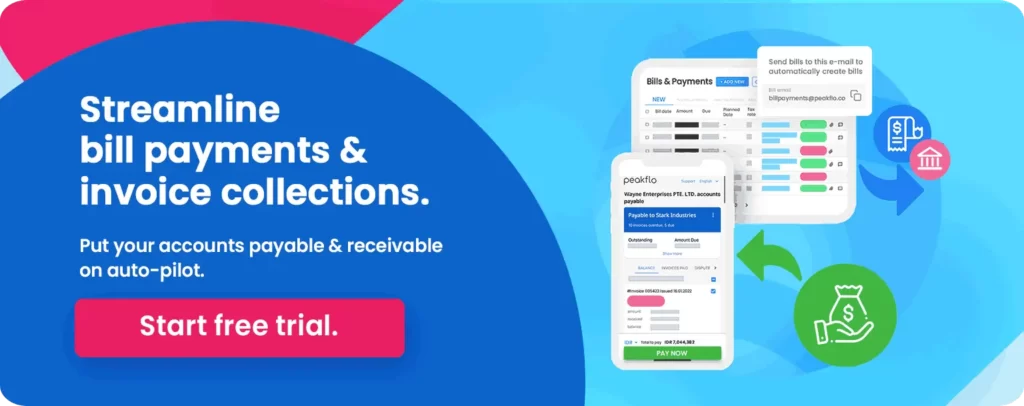


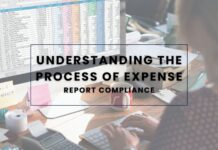


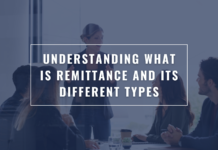




![Why AI Sales Calls Are Making Good Sales Reps Even Better [2025 Guide] ai sales calls](https://blog.peakflo.co/wp-content/uploads/2025/09/65168cf6-3001-4733-8cbc-12d5684cf449-218x150.webp)







